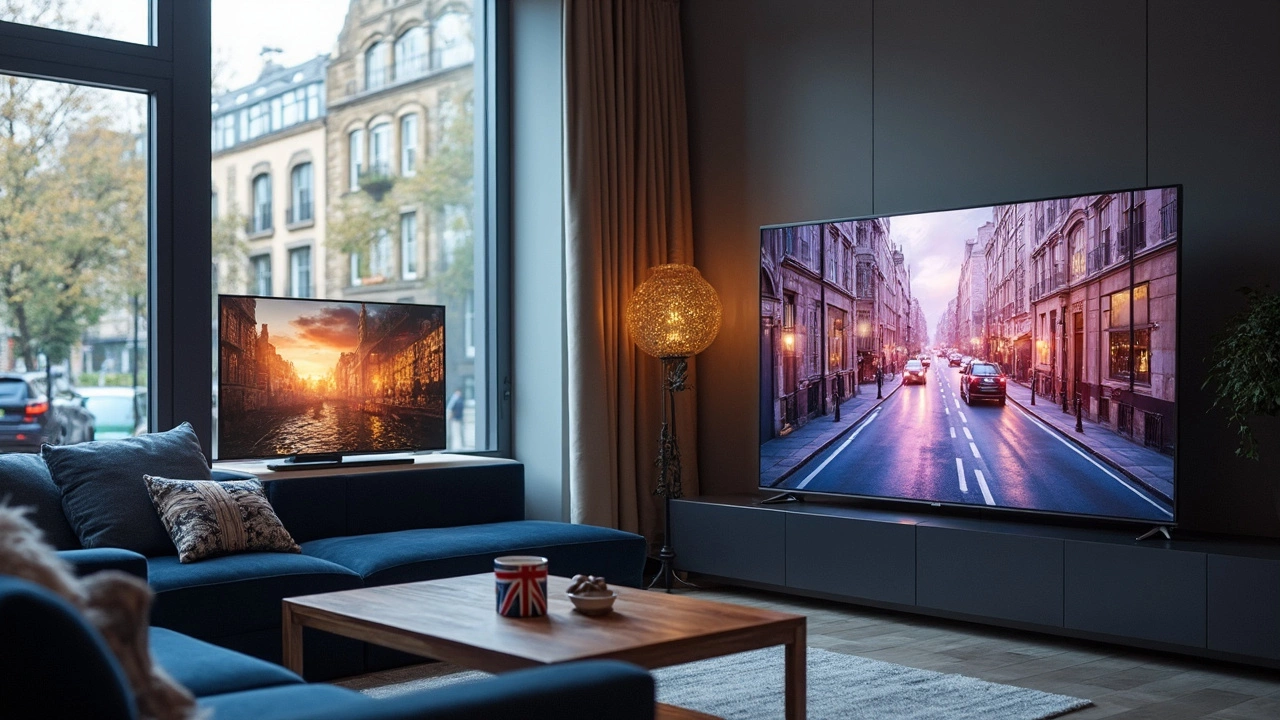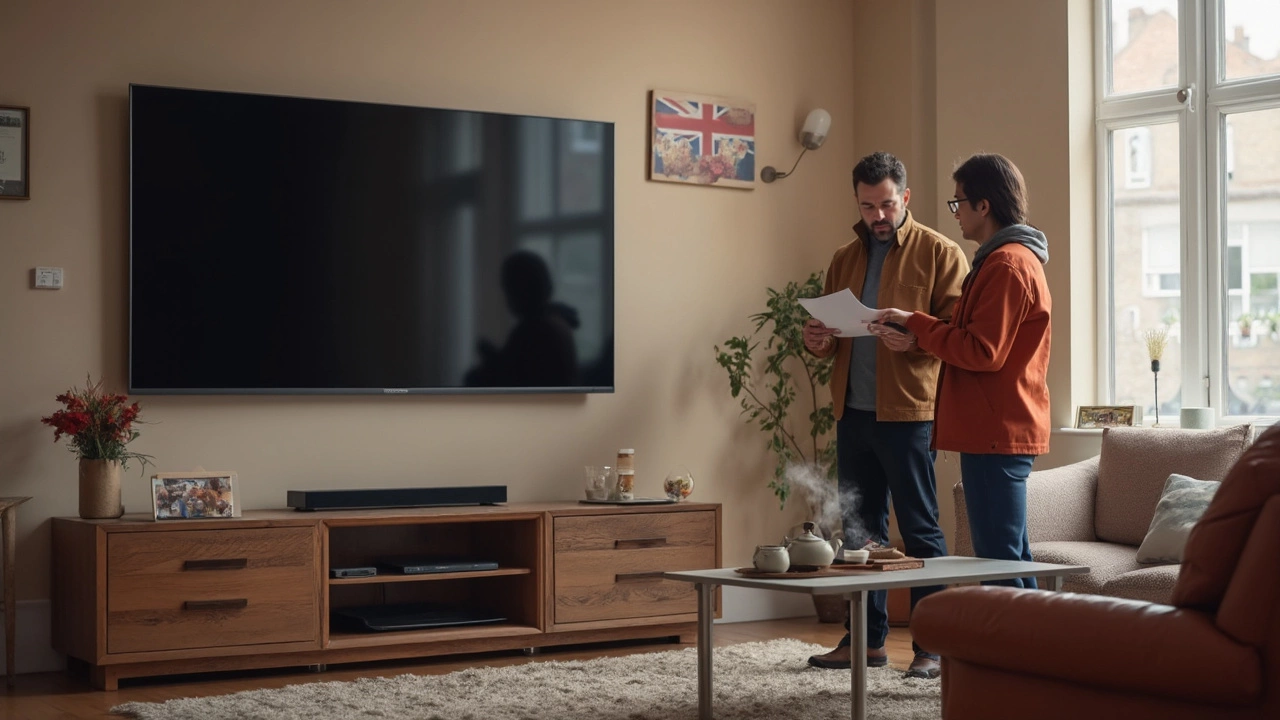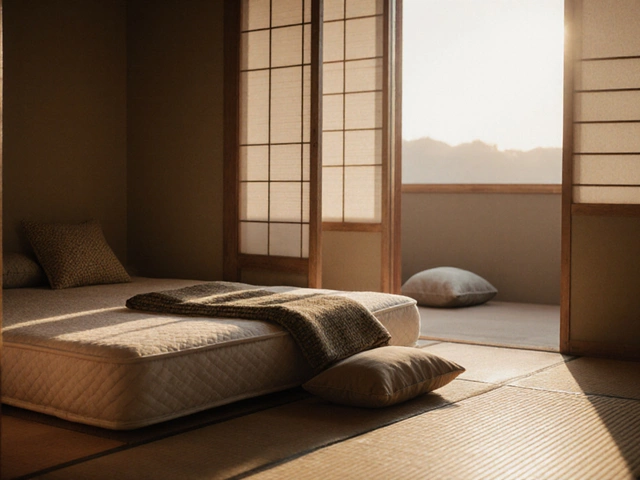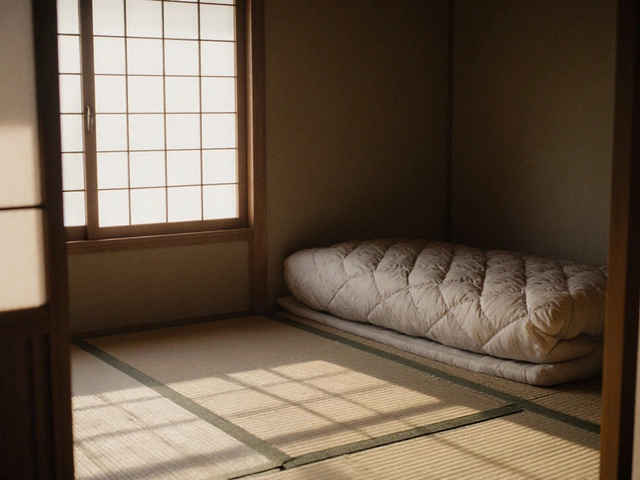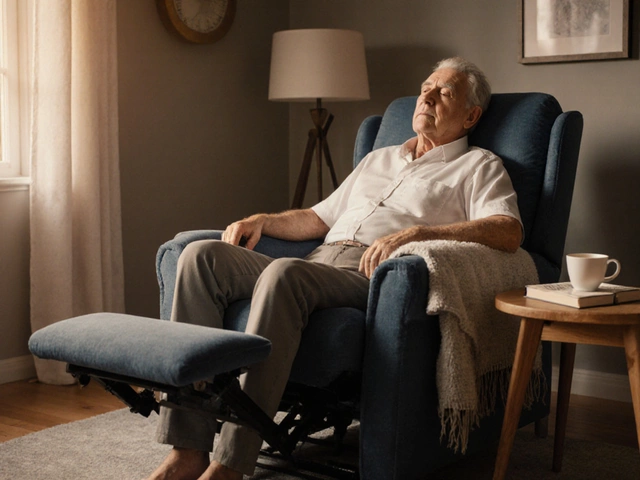TV Dimensions: How to Choose the Right Size, Stand and Mount for Your Home
Getting the right TV size is more than a fancy number on the box. It affects how comfy you are while binge‑watching, how the screen fits into your room, and whether the furniture you already have can handle it. In this guide we’ll walk through the basics – measuring the screen, picking a stand that actually supports the set, and finding the perfect mounting height – so you can avoid neck strain and awkward gaps.
Measure the TV, Not Just the Screen
Most shoppers focus on the diagonal rating (55‑inch, 65‑inch, etc.) but the real dimensions that matter are width, height and depth. To get those numbers, add a few centimetres to the advertised size: a 55‑inch screen usually measures about 48 inches wide and 27 inches tall, while a 65‑inch set is roughly 57 inches wide and 32 inches tall. Remember the aspect ratio (most modern TVs are 16:9) – it tells you how the width and height relate and helps you visualise the space it will occupy.
Next, think about viewing distance. A simple rule of thumb is to sit at a distance 1.5 to 2.5 times the screen’s diagonal. For a 65‑inch TV, that’s about 8 to 13 feet. If your couch is closer than that, consider stepping down a size; if it’s farther, a larger screen will feel more immersive.
Pick a Stand That Fits and Looks Good
When you buy a stand, the most common advice is to choose one that’s at least as wide as the TV. A good rule is to add 2‑4 inches on each side – a 65‑inch TV (57‑inch wide) looks balanced on a 65‑inch stand, leaving room for décor without overhanging. Make sure the stand’s weight capacity exceeds the TV’s weight; a 75‑inch OLED can weigh 80 pounds or more, so check the specs.
Depth matters too. A stand that’s too shallow can make the TV look like it’s perched on a ledge, while a deep stand can block ventilation. Aim for a depth that’s at least as deep as the TV’s base, typically 12‑15 inches for larger models. If you need extra storage, pick a stand with shelves that sit above the TV’s bottom edge, keeping airflow clear.
Finally, think about cable management. Stands with built‑in channels or holes let you hide power cords and HDMI cables, keeping the setup tidy and safe.
Mounting Height: The Sweet Spot for Comfort
If wall‑mounting is your plan, the key is eye level when you’re seated. Measure from the floor to where your eyes sit on the couch (usually about 42 inches) and aim for the TV’s centre to line up with that point. For a 55‑inch TV, the centre is roughly 13.5 inches from the bottom, so the bottom of the screen should sit around 28‑30 inches off the floor.
Don’t forget the mount’s VESA pattern – it must match the TV’s mounting holes. Also, check the wall type. A stud‑backed wall can hold heavier sets, while drywall alone may need additional anchors. Keep a small clearance (about 2‑3 inches) between the TV and the wall to allow airflow and prevent heat buildup.
Safety tip: use a level when installing the mount and double‑check that all bolts are tightened to the manufacturer’s torque specifications. A wobbly mount can cause the screen to shift over time, leading to damage.
By measuring accurately, choosing a supportive stand, and setting the right height, you’ll get the most out of your new TV without stressing your neck or your furniture. Grab a tape measure, pull up the spec sheets, and you’ll be ready to enjoy movies, games and shows the way they were meant to be seen.
Is a 65 Inch TV Really Much Bigger than a 60 Inch TV? Size Comparison Explained
How much bigger is a 65 inch TV than a 60? Discover side-by-side size differences, screen area, real measurements, and how this impacts your home entertainment setup.
Are 65-inch TVs Really 65 Inches? Exploring Reality and Perception
People often wonder if a 65-inch TV is actually 65 inches when shopping for the perfect TV stand. The truth lies in understanding how TV sizes are measured and what it means for your living room setup. This article explores the difference between perceived and actual TV dimensions and provides tips on choosing the right stand. Get practical insights on setting up your entertainment space effectively.
